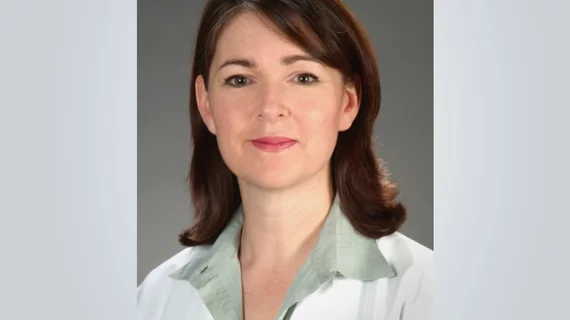AI model delivers 'efficient and reliable' breast density assessments
Researchers from Massachusetts General Hospital (MGH) and Harvard Medical School developed a deep learning (DL) model that measures breast density “at the level of an experienced mammographer.” Results of the study were published in Radiology.
“Inconsistency in density assessment of mammograms has been widely recognized for the potential to cause patient anxiety and result in unnecessary procedures,” wrote lead author Constance D. Lehman, MD, PhD, from MGH in Boston, and colleagues. “To address this issue, we developed a DL model to assess mammographic breast density that was trained by using the assessments of experienced breast imagers.
In collaboration with AI expert Regina Barzilay, PhD, of the Massachusetts Institute of Technology and her team, the researchers developed and trained the DL to assess Breast Imaging Reporting and Data System (BI-RADS) breast density based on a radiologist’s original analysis. More than 41,000 digital screening mammograms obtained from 27,684 women were used to train the DL model as part of the exercise. The researchers also tested the model on a another set of mammograms before implementing it into clinical practice.
Eight radiologists reviewed 10,763 mammograms the model had previously determined was dense or non-dense tissue. The interpreting radiologist agreed with the model’s assessment in 94 percent of cases. Lehman noted reader variability may impact the other 6 percent of cases as radiologists’ interpretation to assess breast density is “subjective and qualitative.”
"The study results show that the algorithm worked remarkably well," Barzilay said in a prepared statement. "But what's more important is that it is being used every day to measure breast density in mammograms at a major hospital."
The DL model has been part of clinical practice at MGH since Jan. 2018 and has interpreted more than 16,000 scans thus far.
“Our DL model provides efficient and reliable density assessments, both at the patient level and at the population level, and it is designed to be widely available, simple to use, and cost effective,” Lehman and colleagues wrote. “It can be used to measure breast density in a diverse set of patients, without limitations based on prior surgery or other breast interventions. Our tool can potentially address concerns for current breast density legislation, and it can help providers supply more accurate information to patients and help health systems optimize the use of supplemental screening resources.”

